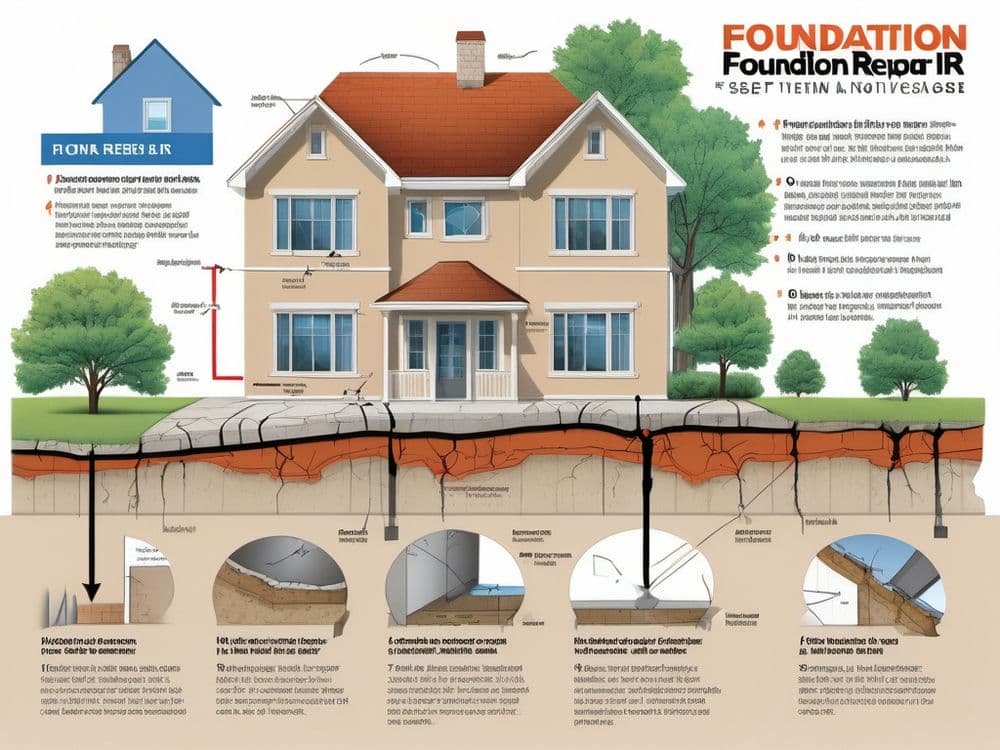

The standard square shaft piles are typically installed using compact equipment, such as a skid-steer loading machine or an excavator, equipped with a hydraulic drive head. This approach not only makes the installation process quicker but also lessens the requirement of extensive preparation for the soil. Operators play a vital part in making sure that the piles are installed plumb by using visual signals and the assistance of ground workers.
One of the most important elements of helical pile installation is to achieve the required load capacity. This is where the correlation between installation torque as well as load capacities becomes vital. The most modern torque gauges, like the Chance Digital Torque Indicator, play a pivotal role in this process, providing accurate measurements, and removing the uncertainty associated with the estimation of hydraulic pressure.
The speed at which the installation takes place is vital, generally ranging between 8 and 16 RPMs. This controlled speed will ensure that the pile is moving about 3 inches per revolution, which is in line with the pitch of the helical plates. If the pile does not move in the manner expected, adjustments such as raising downward thrust or adding larger plates to prevent spinning out, akin to the threads of a screw being stripped.
Helical piles can speed up a home renovation National Post
Posted by on 2023-04-25
Tracking the sun on uneven terrain – pv magazine USA pv magazine USA
Posted by on 2023-04-20
Multi-scale study of load-bearing mechanism of uplift piles based on model tests and numerical simulations | Scientific ... Nature.com
Posted by on 2023-04-19
Boardwalk Construction Bids Face Legal Challenge | Sandwich News | capenews.net CapeNews.net
Posted by on 2023-03-30
Dundee firm lays foundations for net zero future with new screw pile business Scottish Construction Now
Posted by on 2023-03-22
Saskatchewan engineer temporarily barred from practising following 2018 bridge collapse - constructconnect.com Daily Commercial News
Posted by on 2023-02-27
Helical piles are also excellent in sustainability, which is a major concern in modern construction practices. Since they cause minimal disturbance to the land and don't need concrete to construct, their environmental impact is considerably less than traditional foundations. Additionally, they are often constructed of recycled steel and their removable nature allows them to be reused, increasing their eco-friendly appeal.
Another benefit of helical piles is their capacity to bear loads immediately following installation. This immediate load transfer capability allows construction to proceed without a delay, which is in sharp contrast to the long waiting periods for concrete foundations. It also provides a distinct advantage in emergency situations or in the case of unstable structures that need immediate stability.

The landscape of modern construction is ever-evolving as new technology and methods continually emerging to tackle the challenges in the 21st century. As a result helical piles have received much attention because they provide a robust and versatile foundation that can meet the various requirements of modern building projects. This article examines the myriad of ways in which helical piles are laying a solid base for construction's future.
Alongside their main benefits, helical piles have a variety of additional advantages that strengthen their place in modern construction. These include:
These additional attributes, along with their main benefits are what make Helical piles a highly versatile and effective foundation choice for a variety in construction tasks.

In the ever-changing world of construction Helical piles have risen as a hidden treasure, offering strengths that are transforming the construction industry. This article focuses on the distinct advantages of Helical piles and explains the reason why they are gaining popularity in modern construction projects.
Helical piles, sometimes referred as screw piles, are a foundation option that is distinguished by their spiral-shaped plates, which are connected to a shaft of steel centrally. This unique design permits quick and effective installation since the piles are literally screwed in the soil. This is a stark contrast to traditional foundation methods, and offers distinct advantages.